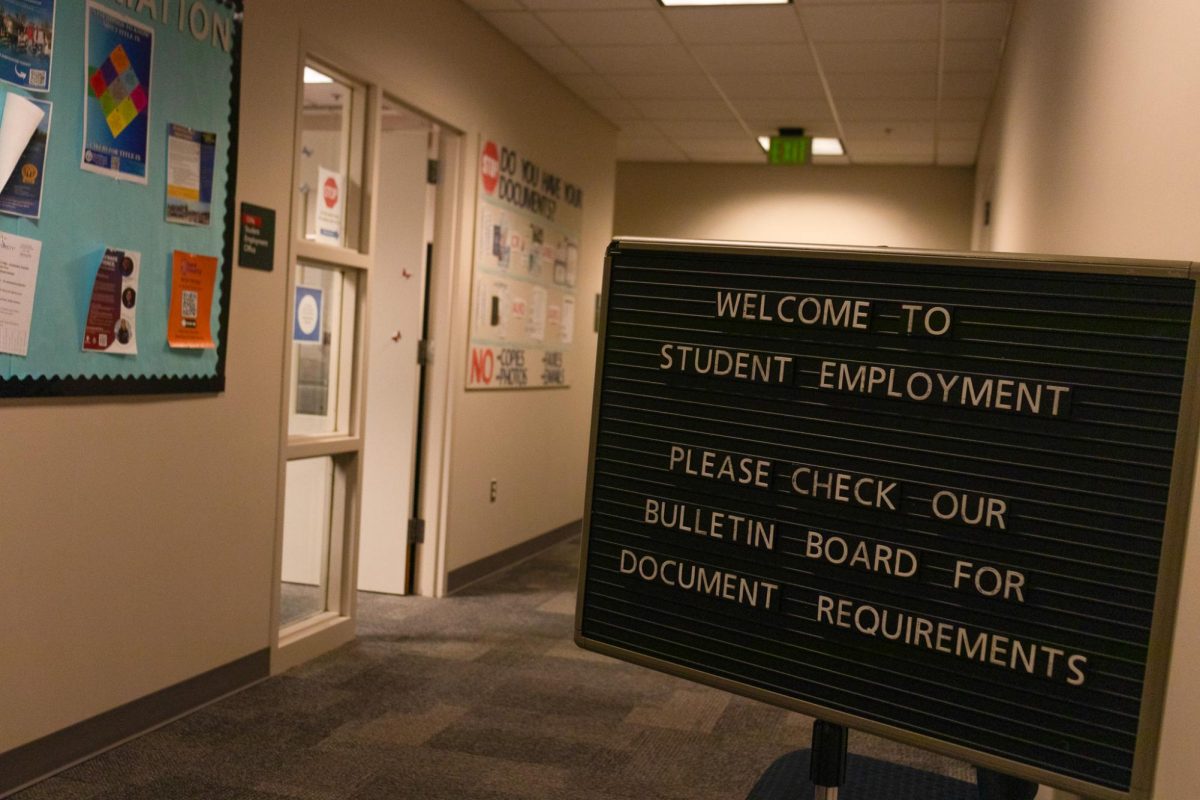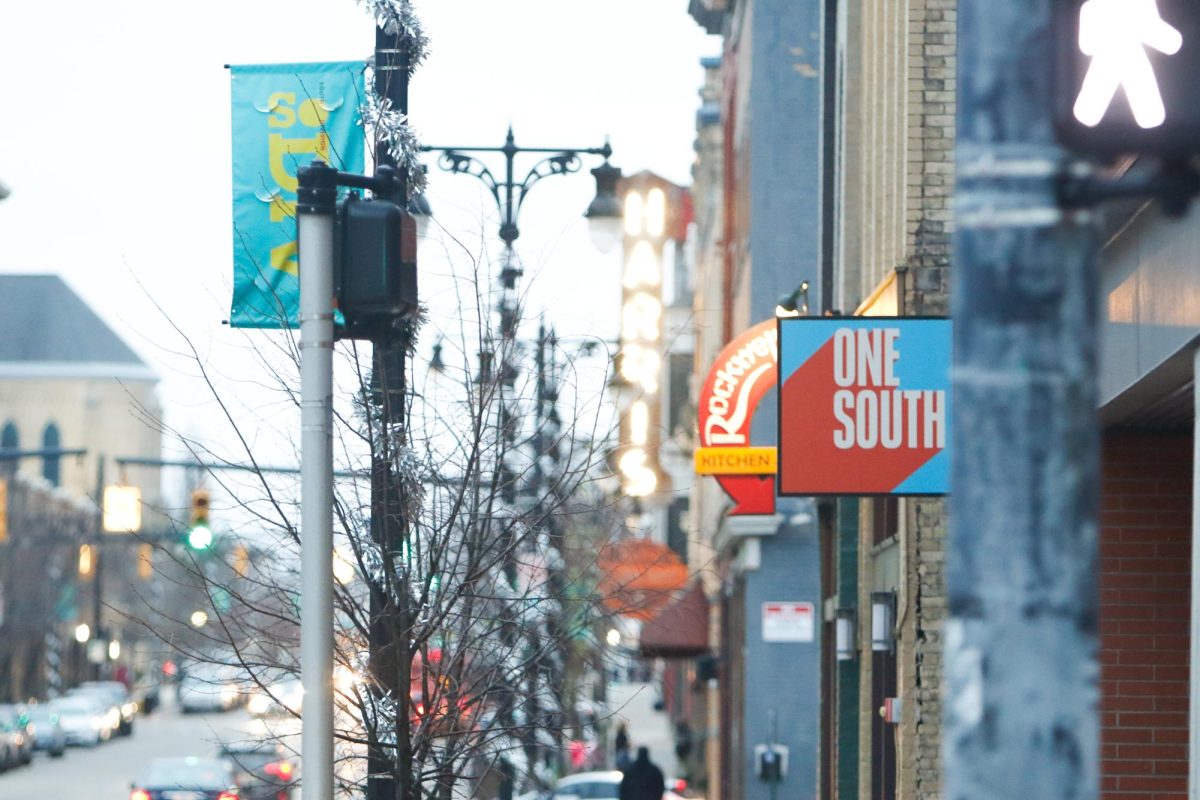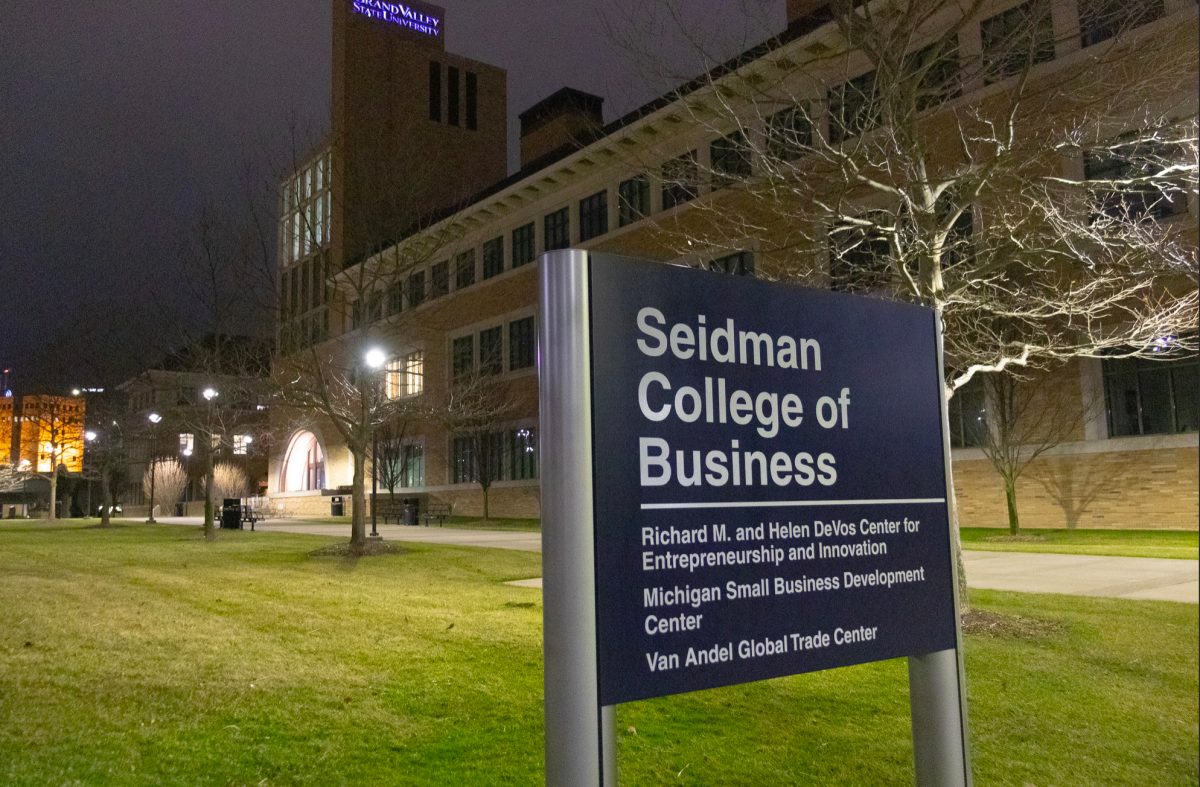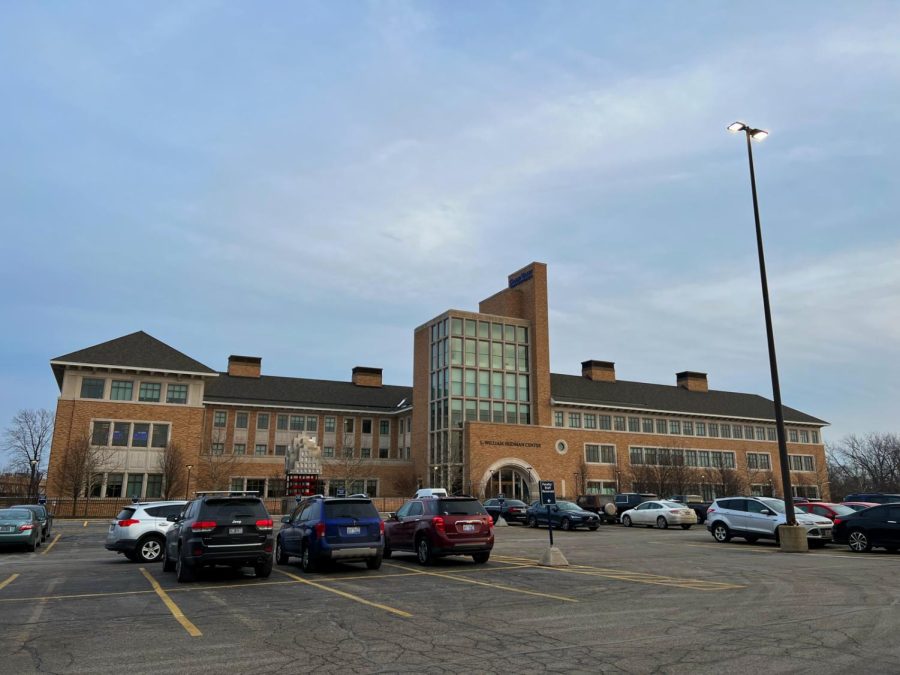Even though student workers keep Grand Valley State University’s day-to-day operations afloat, they are still woefully underpaid given comparative minimum wage and inflation rates across the country.
GVSU issued a minor raise of 23 cents per hour starting on Aug. 20 due to a state requirement to increase Michigan’s minimum wage by Jan. 1, 2024. This change, although unrelated to the GVSU student workers protests and petition last spring, reflects an ongoing issue of student wages on campus. GVSU’s starting rate of $10.33 for student workers remains well below MIT’s determination of the living wage in the U.S., and in Ottawa County, Mich., which is about $17 per hour.
Having a job on campus can be extremely convenient for students, especially considering transportation costs. However, it is not enough to cover living costs and tuition for many students.
Cody DeLano, the Financial Officer for GVSU’s Young Democratic Socialists of America (YSDA), said when the minimum wage was established, it was meant to be an income that citizens could depend on.
“Right now it’s not a wage people can really live on,” DeLano said.
DeLano said there are potential benefits to working on campus, but he believes that the pay is too low to really make it worth it for many students.
“Office work tends to be better, having better flexibility, conditions and sometimes an ability to do homework on the job,” DeLano said. “If a student needs a living wage, it would be better to work off campus.”
Owen Frassetto, the Vice President for GVSU’s YSDA, believes the wages the university pays student workers are unfair and wrong.
“Student workers are not paid enough,” Frassetto said. “You have many instances, in particular in the food service jobs, where workers are creating hundreds and hundreds of dollars of revenue for the company every hour, and yet for that same hour of work, they make only 11 or 12 dollars.”
Frassetto said student workers keep many of the university’s operations functioning, especially food services, the campus mail center and the library, and they should be valued for their work.
“The university should pay its student workers more,” Frassetto said. “It’s proving very profitable for a select few, while the workers in many cases are struggling to afford food and housing.”
Frassetto said if all GVSU student workers decided they were sick of the low wages and decided to go off-campus for work, it would surely bring the university’s functions to a standstill. He believes the university should consider these facts when deciding how much to pay the student workforce.

“The university is robbing student workers on a daily basis, whenever they go to work,” Frassetto said. “The university cannot operate for a single day without the workers. These 11 or 12 dollars per hour wages are absolute exploitation, and the business-owning trustees at the top are aware of this.”
The YSDA recently began distributing “What Are We Worth?” a publication aiming to educate students on the 23 cent wage increase and working conditions on campus.
Katelyn Johnson, Assistant Director for the Student Employment Office at GVSU, agreed that student wages are not high enough but said the university is making progress in the right direction.
“There is still work to be done,” Johnson said. “The average wage on campus right now for student employees is $12.08.”
Johnson acknowledged the integral part student employees play in the operations of the university.
“GVSU employs well over 3,000 student employees each year and it’s very important to consider the impact their work has on our community,” Johnson said. “GVSU relies so heavily on its student workforce and they need to be properly compensated for the work they provide.”
The $0.23 increase to minimum wage students received this fall before it was required by law in January was a small step in the right direction as far as Johnson is concerned.
“That was a small win and we are waiting for more decisions to be made by GVSU senior leadership on what wage increases, if any, will be taking place in the next year,” Johnson said.
It remains to be seen whether or not the university will make any significant changes to student wages for 2024 and 2025. To see a full list of student wage charts, visit the On Campus Wage Rates page on the GVSU Student Employment website.





























